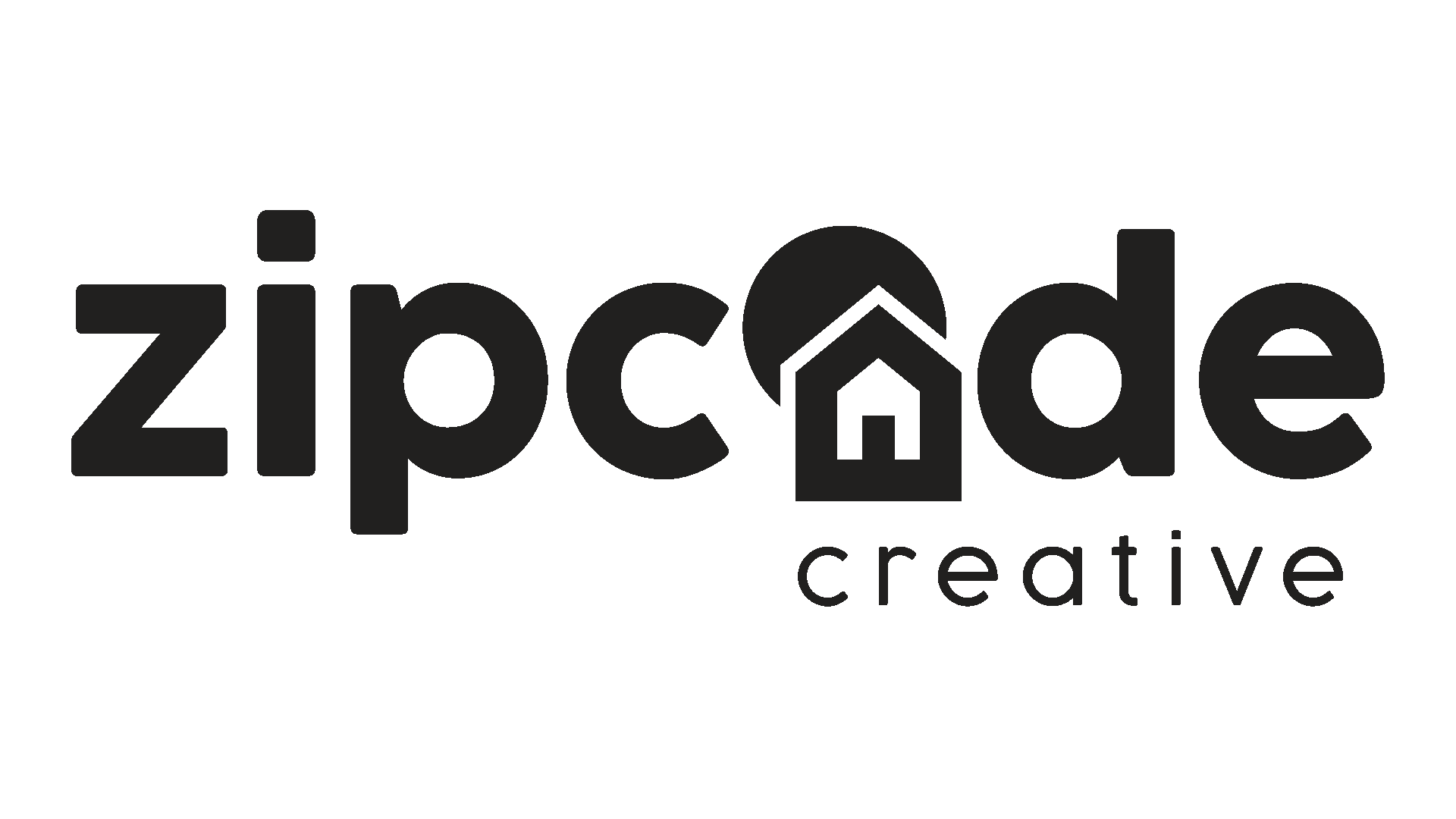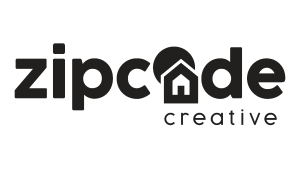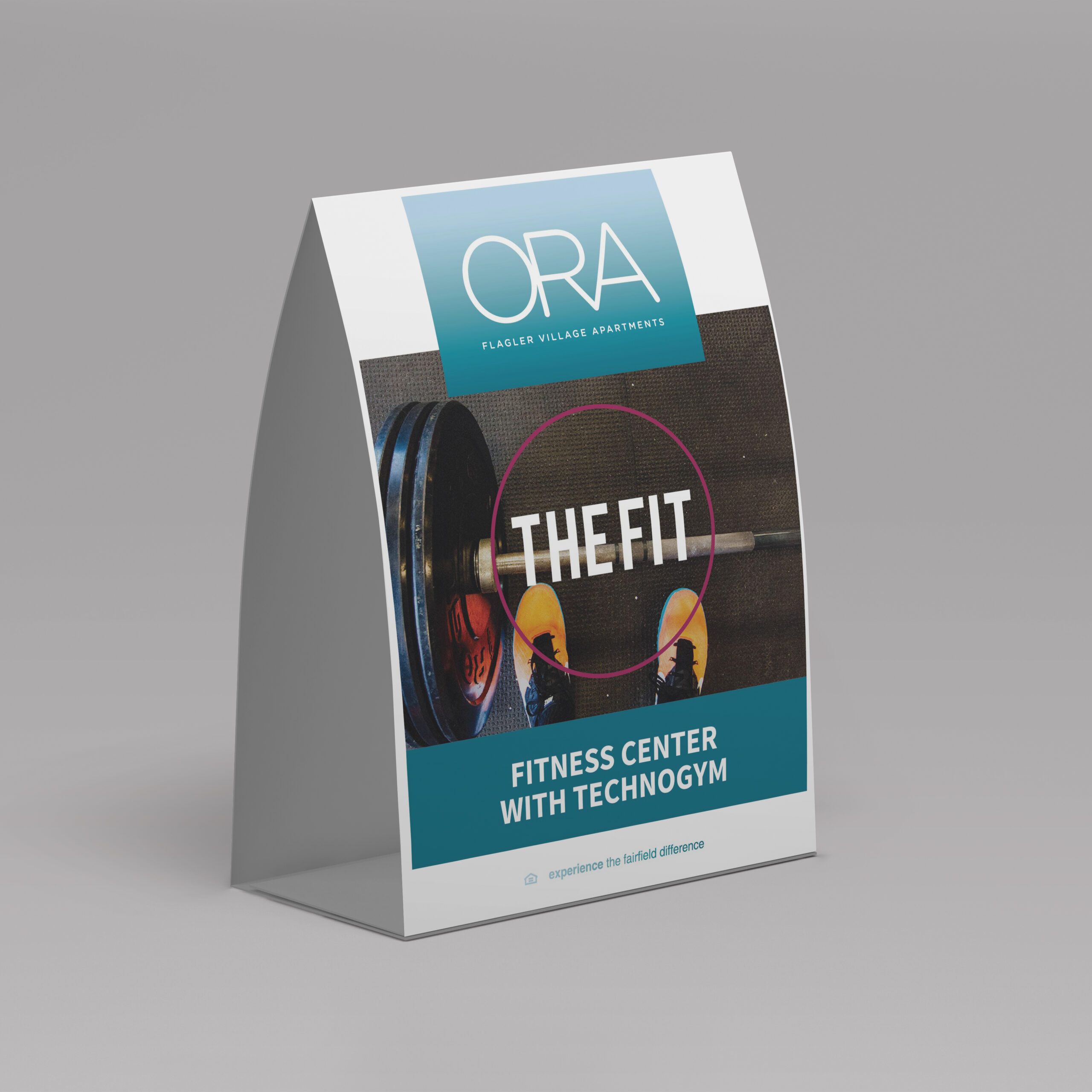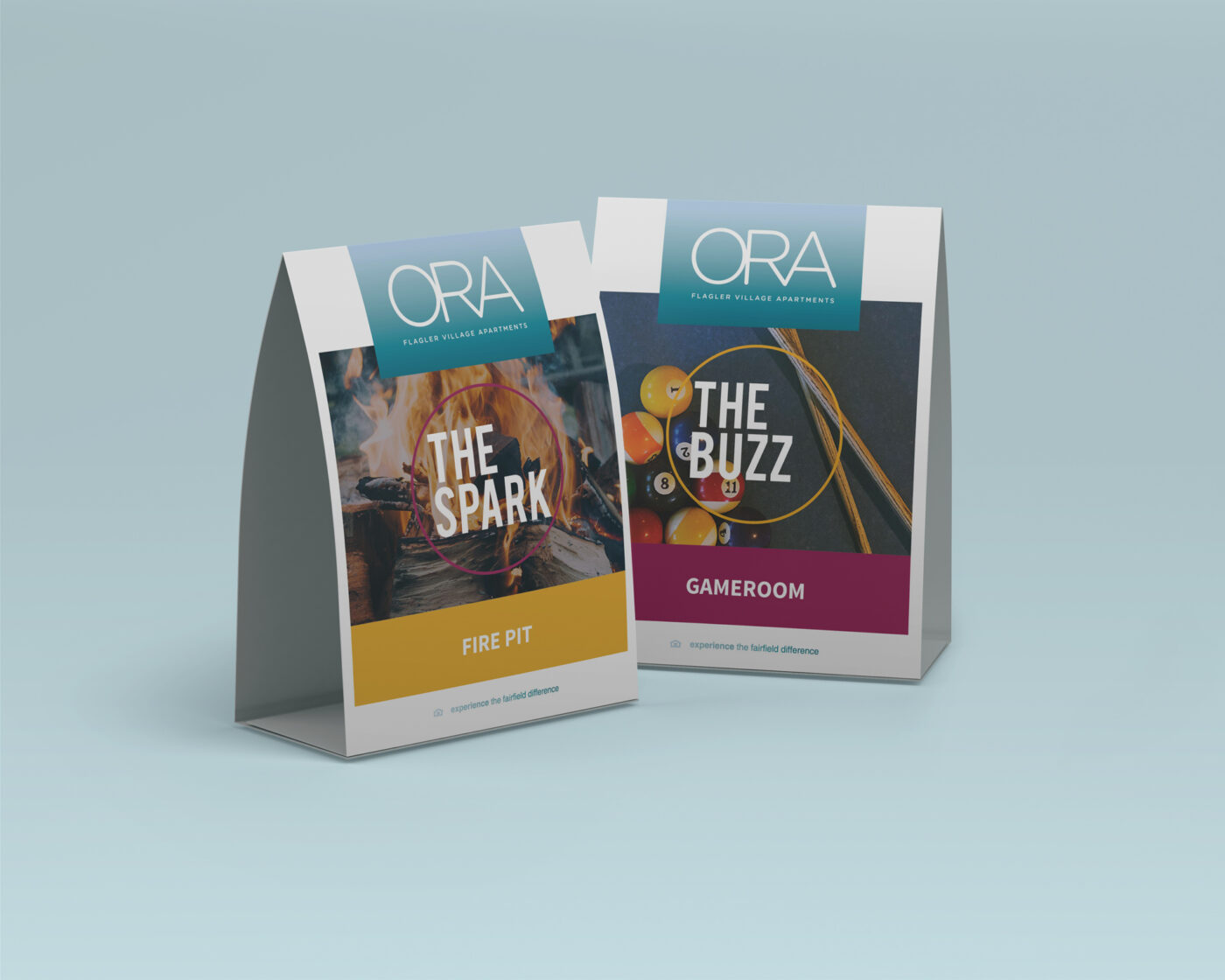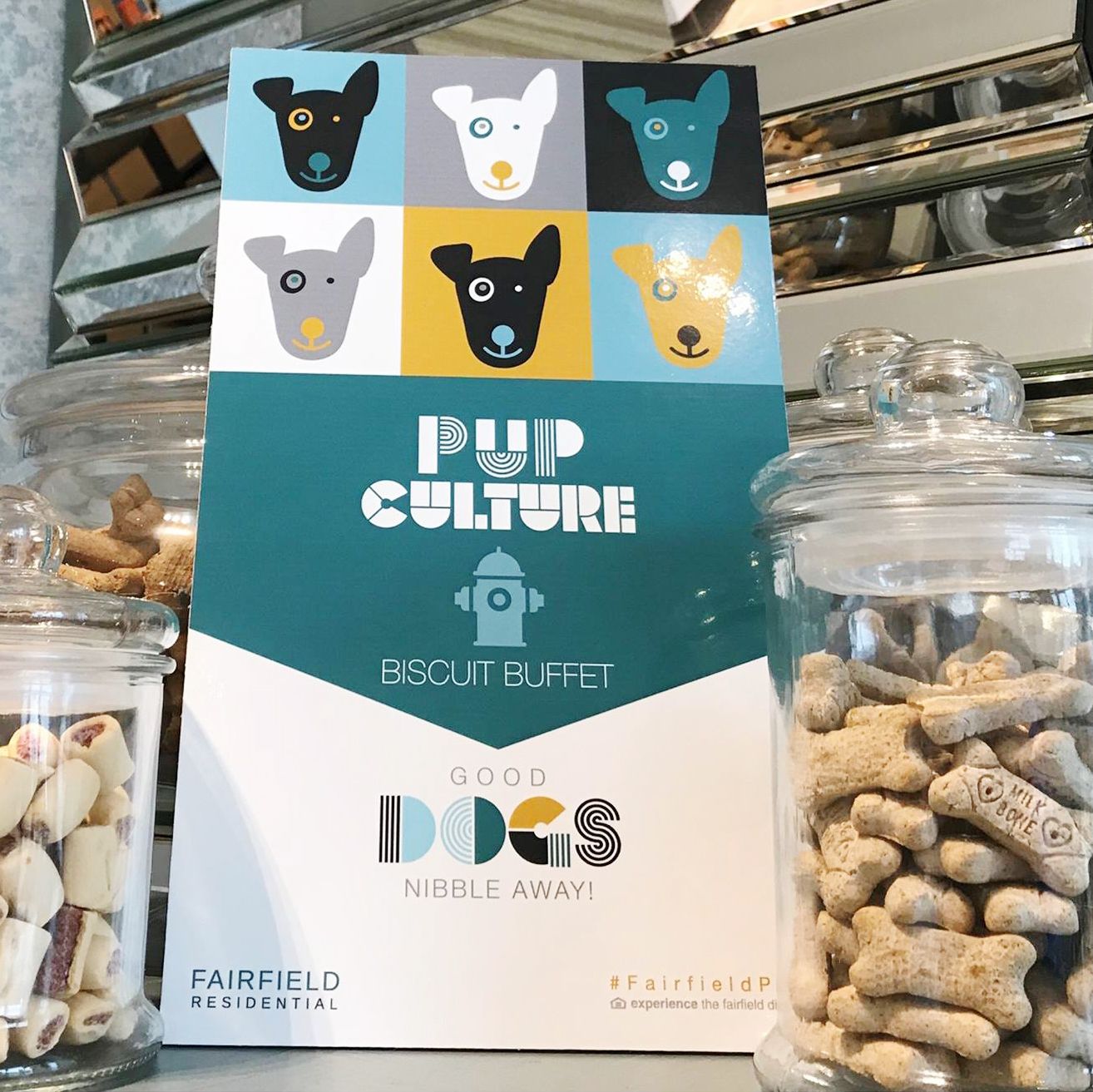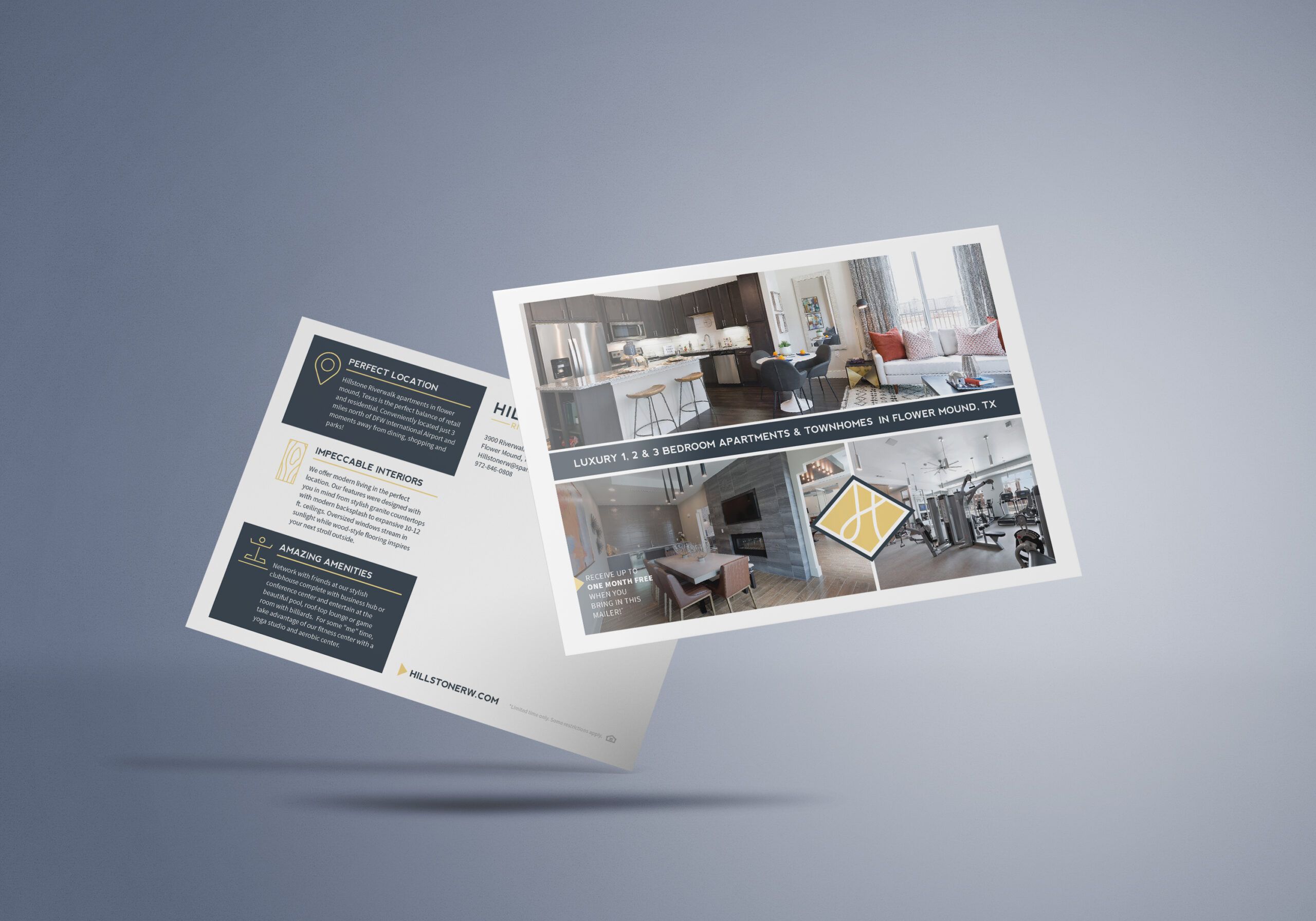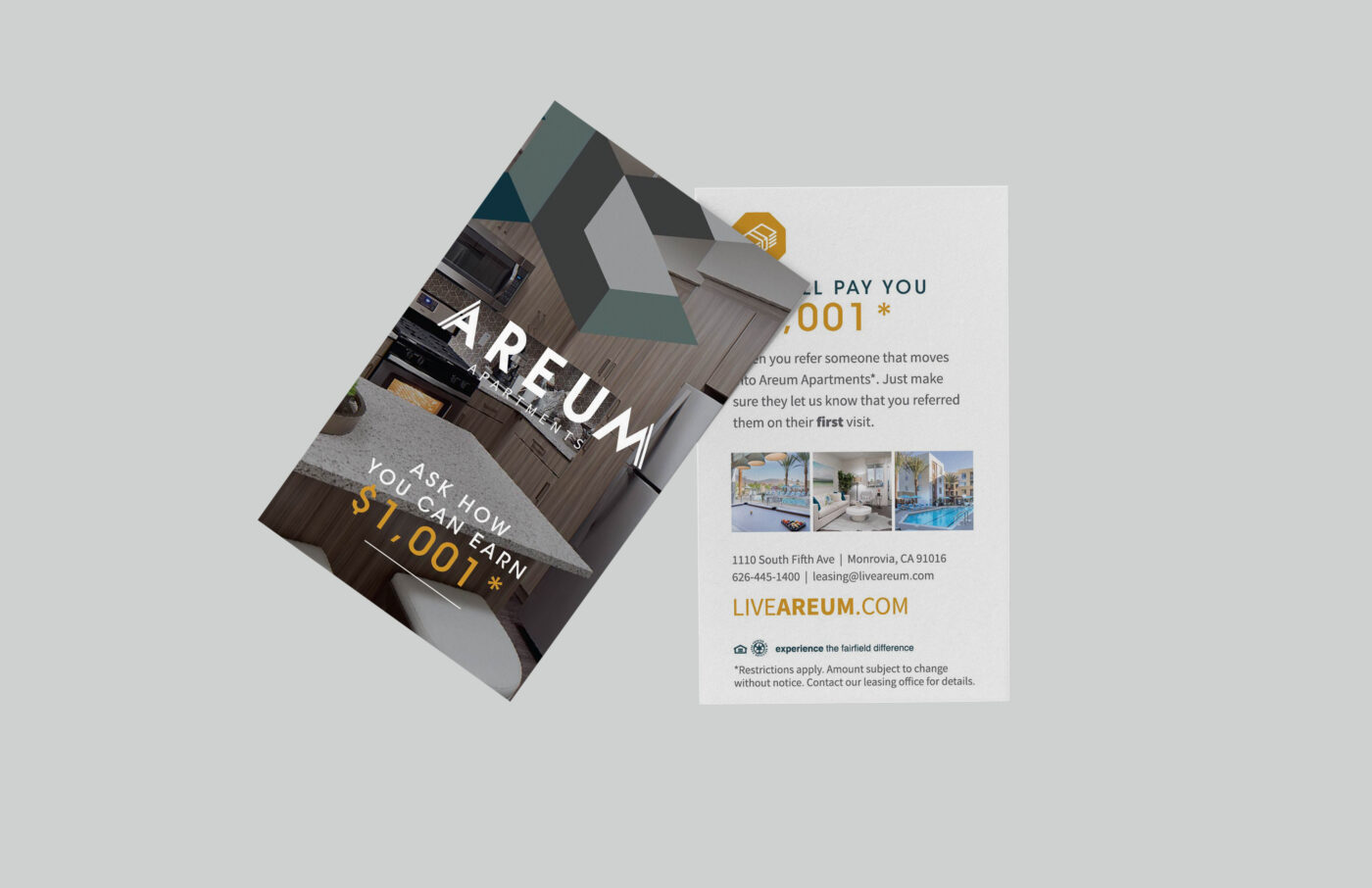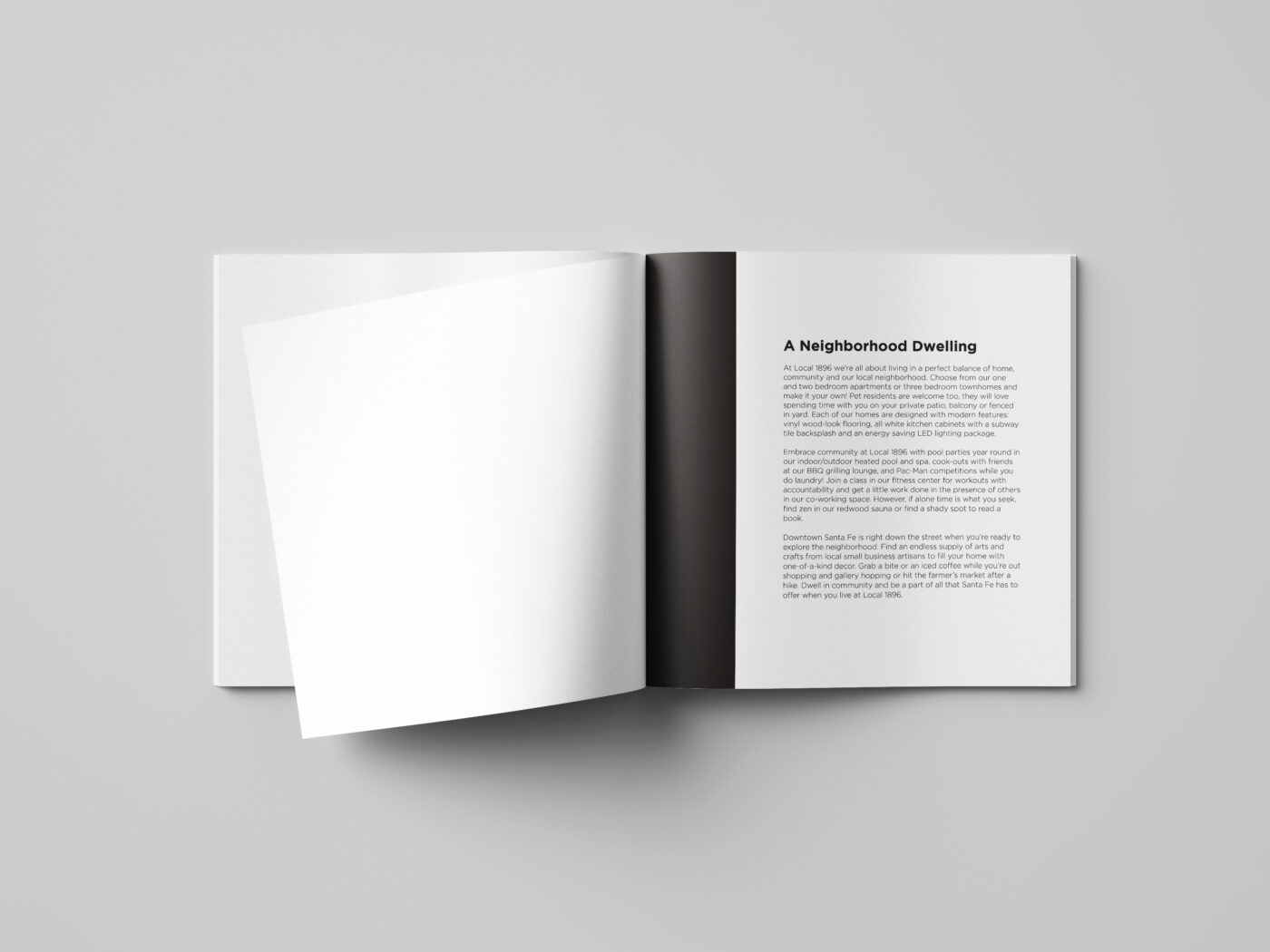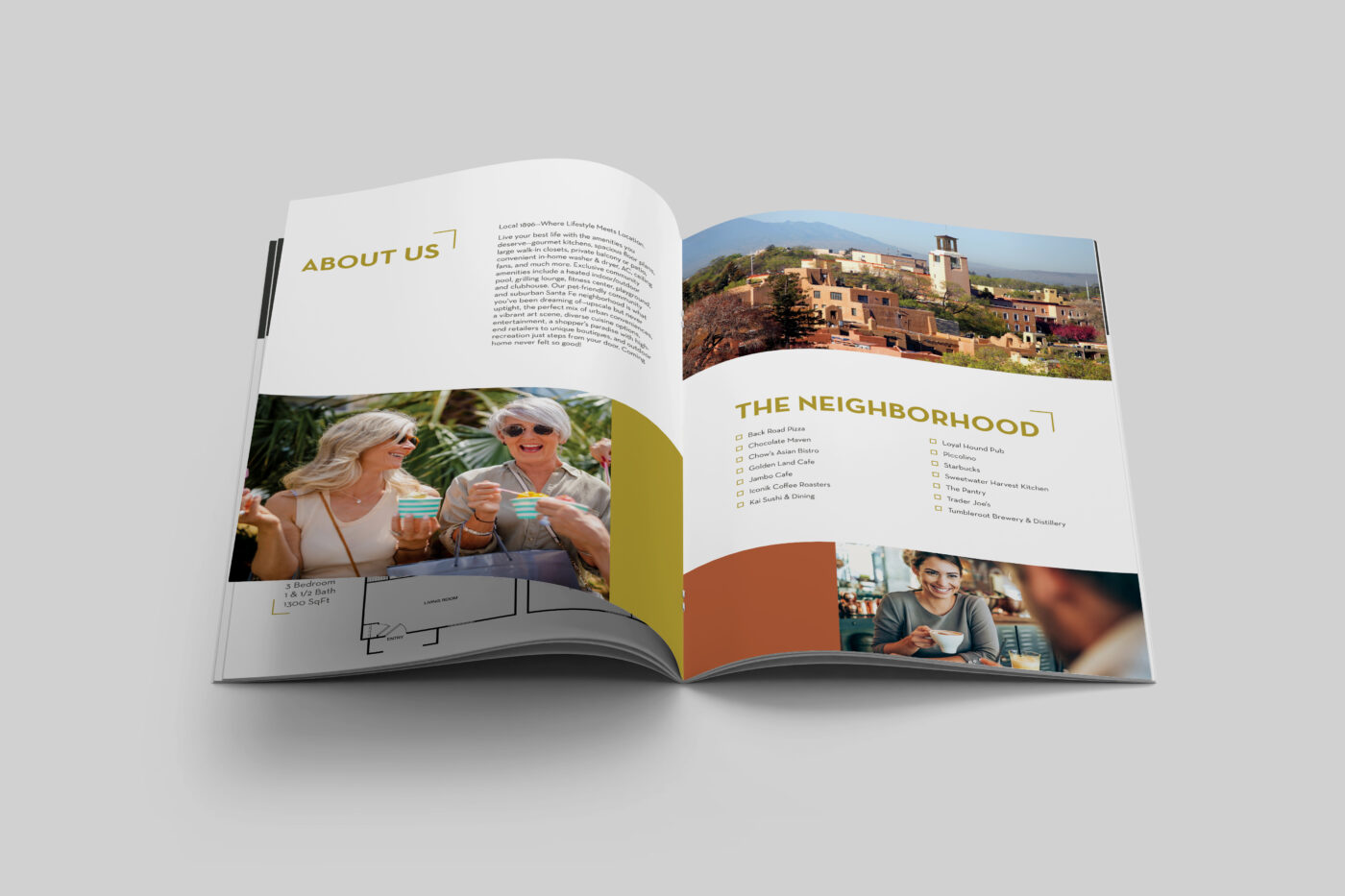Attracting the Right Residents: Conventional Housing
The first rule of marketing to prospective residents in conventional housing: know your target audience. Depending on your city and specific neighborhood, your key demographic can range widely, all the way from young professionals to empty nesters—and anything in between. When you’re crafting your marketing assets, it’s important to strategically tailor your materials to your specific audience.
And while there are some commonalities between what they’re all looking for, there are also a few things, in particular, you can do to set your community apart to these groups. Thinking strategically about your amenities and your community programming and speaking directly to your target audience is the best way to attract the right prospects. Use our guide below to help you get started.
Young Professionals
Because Gen Z and Millenials make up the majority of the country’s renters, young professionals are likely to be a large portion of your target audience. Whether they’ve just graduated from college and are looking for their first apartment or are more established and looking to upgrade their space, there are a few things that will immediately stand out.
Community Space for Remote Work
For many young professionals, their job is their primary focus. Whether they work in a corporate role, at a startup, or work for themselves, they likely spend the majority of their weekdays in front of a computer or on calls—sometimes working from home all week. Communities that have work-friendly spaces will likely jump to the top of a young professional’s list because it allows them to get out of their apartment when they need a change of scenery. A business center, resident lounge, or even outdoor area all provide the perfect opportunity for them to enjoy the amenities and get work done at the same time.
Convenient Location
For those commuting into an office, location is a key factor in choosing where to live. Whether your community is located near the main commercial area in your city or boasts easy access to main roads that enable a quick commute downtown, it’s vital to emphasize these details in your marketing materials. That way, prospective residents know this major perk of your community from the start.
Networking & Nightlife Opportunities
For young, single renters, access to networking and nightlife is often a big priority, too. From exciting resident events where they can connect with others in the community to nearby bars, restaurants, and event venues where they can enjoy their free time, they’re looking for ways your community can enhance their personal life. Consider adding a neighborhood map to your prospective resident materials so they can see just how close they are to nearby attractions.
Families with Young Children
For families with little ones, access to convenient play areas is a primary priority. Instead of loading up the car and driving across town or occupying their kids in the confines of their apartment, ample community space allows parents to entertain their children—all without ever leaving the property.
Playground & Outdoor Area
A playground is a major perk for families with children. The right playground space is ideal for children from toddler age all the way up to late elementary school, ensuring that it appeals to the younger children in your community. Perfect for the warmer months, it also allows parents to have some fun and get fresh air with their kids. And because it’s so convenient, they can go for just a few minutes—or spend all day outside—for maximum flexibility and enjoyment.
Pool
During the hot summer months, there’s nothing kids love more than splashing in a pool. If your community is outfitted with a pool and sundeck, it’s an amazing option for parents who want some fun in the sun and affordable entertainment for their little ones. The best part? They don’t have to worry about packing up a day’s worth of food, snacks, drinks, and supplies. They can easily run home to their apartment throughout the day to get what they need, making it a super convenient opportunity for family fun.
Nearby Parks & Attractions
Even if your community doesn’t have an on-site pool or playground, there are likely plenty of attractions nearby that will appeal to families. From larger playgrounds to museums to amusement parks, highlight all of the best that your neighborhood has to offer. Include it in your brochure, in your email marketing, and in your prospective resident materials, so that parents know all of the perks of calling your family-friendly community home.
Couples & Roommates
When multiple adults are living in an apartment, there likely are a few other things that they’ll prioritize. Instead of entertainment options for little ones, they’ll probably be on the hunt for amenities and opportunities to enhance their downtime—so be sure to tell them exactly how your community will deliver.
From outdoor areas like grills or lounge areas where they can enjoy a glass of wine to resident movie nights to a state-of-the-art gym, focus on the spaces that allow people to elevate their everyday. After all, when they move into your community, it’s not just about the apartment—it’s about the holistic lifestyle they’ll experience. So don’t forget to share more about what makes your community stand out!
If you need help marketing to prospective residents—whether young professionals, families, or roommates—we’re here to help. At zipcode creative, we’re experts at crafting the perfect message to attract your target audience. From developing a full-blown marketing strategy to helping you upgrade your printed marketing materials or your social media presence, we can do it all.
